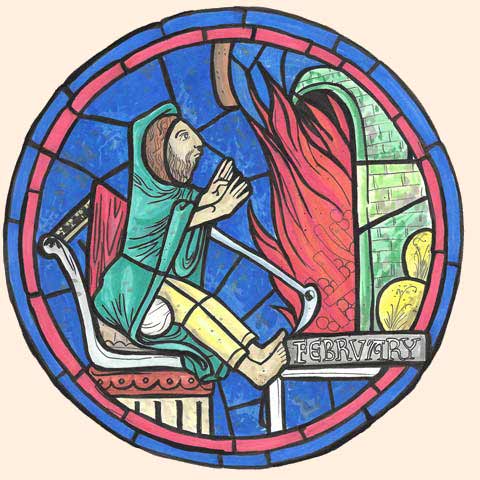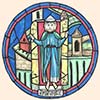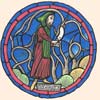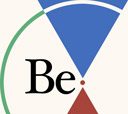
February
Efforts to farm ourselves that disregard the distinction between our physical body, personality, and essence, will only augment their imbalance. True change—change on a proper foundation—can only be brought about by bringing these three mechanisms into harmony. So we must learn to work on them simultaneously, which means acquainting ourselves with each of them as intimately as possible; we must learn to observe ourselves.
Observing our three bodies in real time is possible because each expresses itself through specific functions that are, in varying degrees, active all the time. The physical body expresses itself through movements and sensations; personality through thoughts; and essence through emotions. So by learning to observe our postures, our thinking patterns, and our emotions, we are laying the ground for observing our three bodies. In truth, the relation between these functions and their respective bodies is more complex because they often overlap, but this generalization is sufficient to begin self-observation.
We must learn to observe how each of these functions is triggered in any given moment, by an internal or external stimulus. In doing this, we will begin to see how they influence each other, how they compete with each other, and how they color our perceptions. And just like someone new to farming starts with land that is mostly weeds and brush, so should we expect to observe mostly useless and inefficient functioning. Our movements are full of unnecessary tension; our thoughts race associatively and uncontrollably; our emotions swing radically with no obvious cause or relation to outward stimuli. This is our acreage, a plot of land that must first be cleared before it can yield any useful crop.
Our functions are so habituated to manifesting without any awareness, that at first we can only manage brief moments of self-observation, even with great effort. This should not discourage us. Anything of value comes at a price. Working with other practitioners helps overcome this difficulty. As the group pools together its observations, things we couldn’t see before become obvious. The observations of others give our own self-observation direction. The better we know what to look for, the better we learn to observe.
One helpful aid for self-observation is the STOP exercise. Throughout a few consecutive days, we are sent randomly-timed STOP commands meant to catch us immersed in our daily activities and to remind us to observe ourselves. How is my posture? What am I thinking? What impulses and feelings are driving me?
As our ability to observe ourselves improves, the prospect of correcting or eliminating each useless movement, thought, and emotion, may seem daunting. Fortunately, with experience we will find this mostly unnecessary. Self-observation will itself prove to be the change we seek. Just as burning firewood generates heat, we will learn to use our functions as firewood for self-observation. By working to keep a constant eye on our physical body, personality and essence, we are, unwittingly, giving birth to a new body. Impartial self-observation is not sensing, thinking or feeling. It is the manifestation of an altogether new function that can grow to govern the other three. This teaching calls this new body the Master.

January

